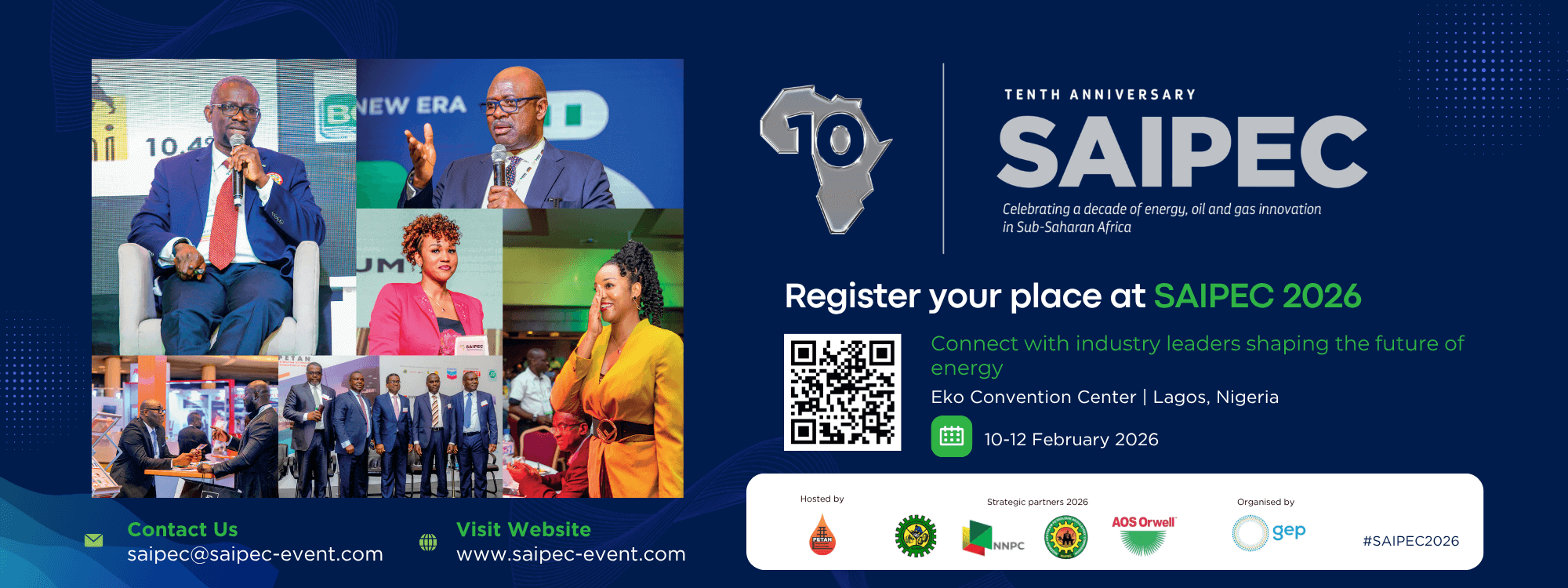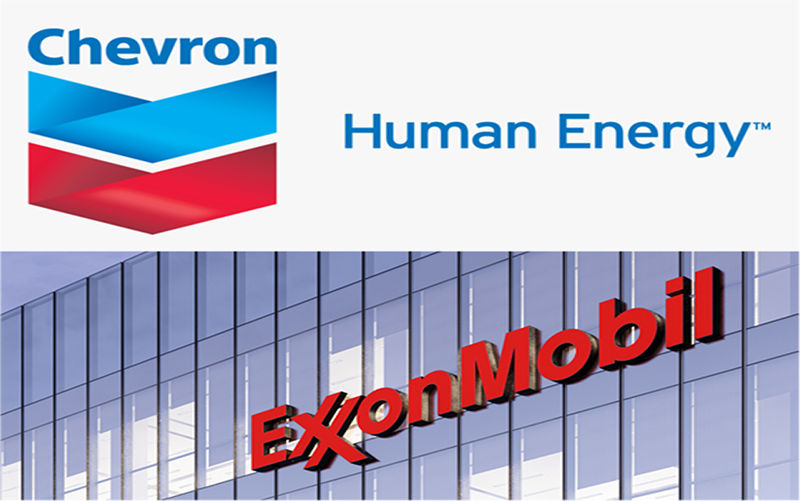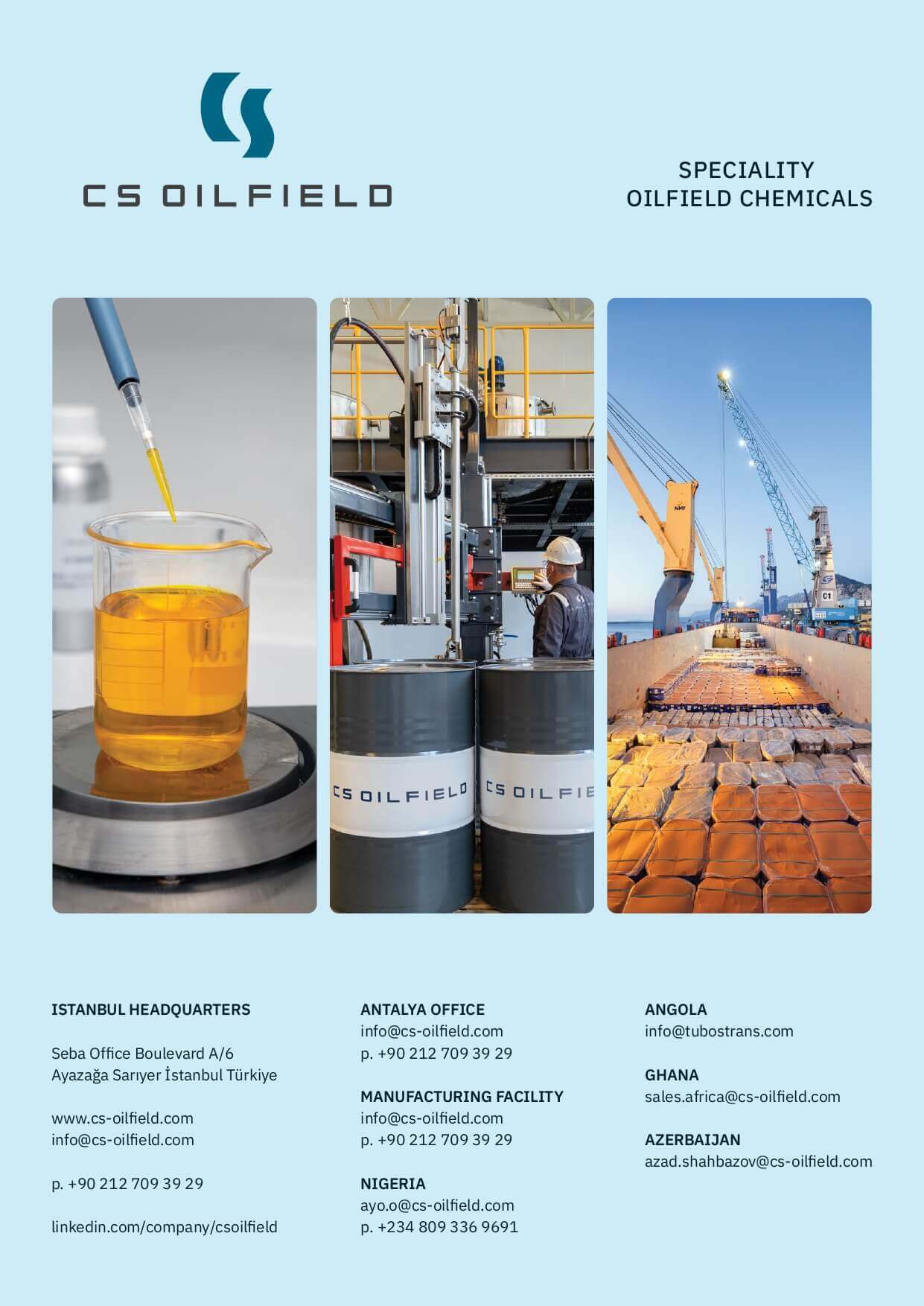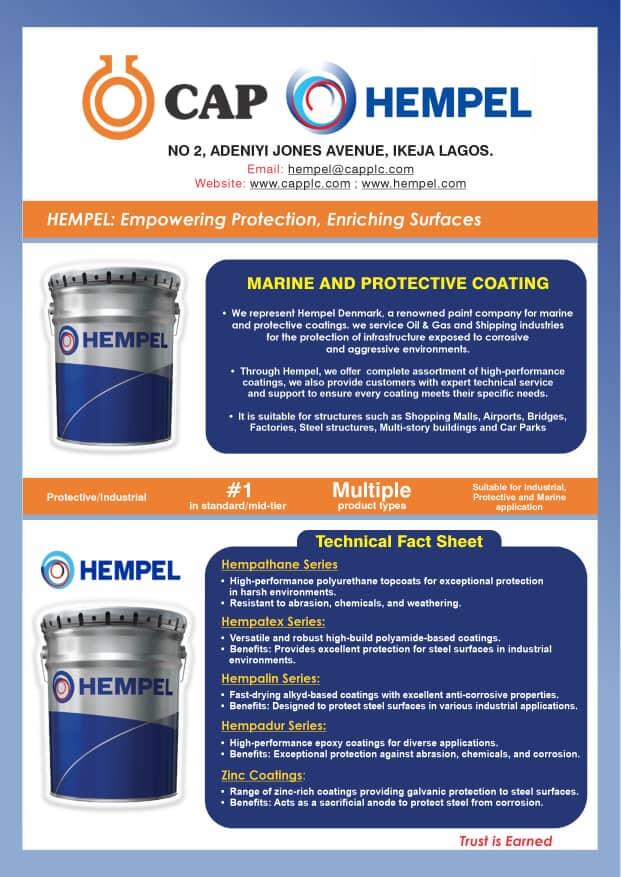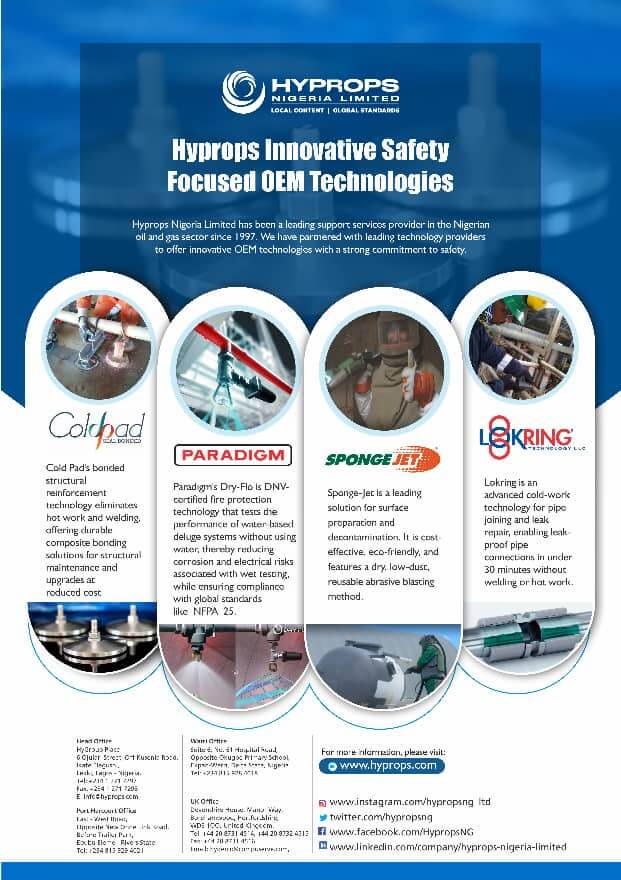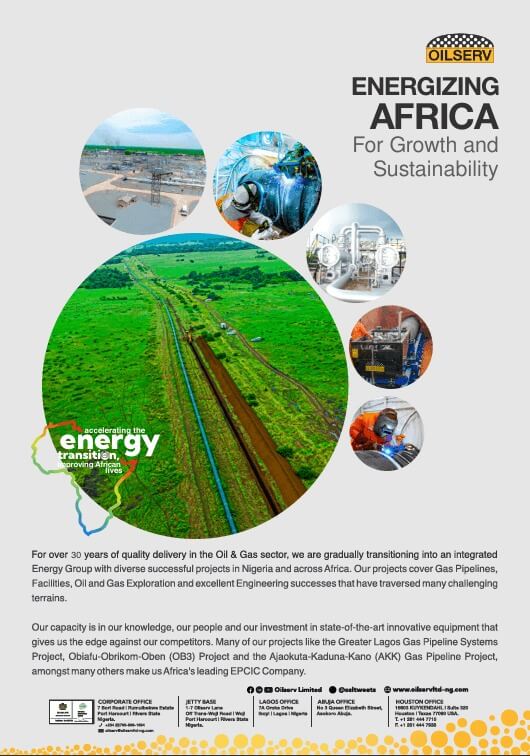Air Liquide (Paris: Al), Chevron Corporation, LyondellBasell, and Uniper SE have announced their intent to collaborate on a joint study that will evaluate and potentially advance the development of a hydrogen and ammonia production facility along the U.S. Gulf Coast. The facility could support industrial decarbonization and mobility applications in the region and expand clean ammonia exports, helping to increase the supply of lower carbon power internationally.
The potential project to be studied is intended to cover the end-to-end energy value chain, utilizing each participant’s technical expertise in production, operational experience, storage, distribution, and export logistics. Collectively, the consortium will bring capabilities and expertise in air separation technology, hydrogen technologies, lower carbon intensity and renewable natural gas, carbon capture and storage (CCS), electrolysis-based technologies, and petrochemicals.
Specifically, the consortium will assess the potential for producing hydrogen using natural gas with CCS and renewable hydrogen via electrolysis to supply end-use markets, including the ammonia, petrochemicals, power, and mobility markets.
If development proceeds, the project could leverage existing advantages along the Gulf Coast, including pipeline infrastructure, to supply lower carbon and renewable hydrogen to local industrial clusters. Likewise, ammonia infrastructure could support exports to both Europe and the Asia Pacific region.
Adam Peters, CEO of Air Liquide North America, said: “Air Liquide is proud to evaluate, with its customers and industry partners, opportunities to further develop and deploy low-carbon and renewable hydrogen, and carbon capture technologies in the region. The Gulf Coast is the ideal location to model hydrogen and carbon capture technologies as immediate pathways to decarbonizing hard-to-abate sectors. This project exemplifies Air Liquide’s commitment to decarbonizing industrial basins around the world. Prioritizing sustainable technologies, like hydrogen and carbon capture, means we can provide energy transition careers for many thousands of American workers while building a more sustainable energy future for all.”
Austin Knight, Vice President of Hydrogen, Chevron New Energies, said: “Across the value chain, collaborations are critical to developing a hydrogen ecosystem, and this is an example of bringing together leaders in the space to explore lower carbon hydrogen opportunities and to contribute complementary expertise. We are seeking to accelerate the deployment of lower carbon solutions and believe companies like Chevron can help bring the capabilities needed to make this a reality. We are excited to be a part of this effort.”
Aaron Ledet, Senior Vice President, Olefins and Polyolefins Americas of LyondellBasell, said: “While our products play an important role in helping to enable greenhouse gas emissions reductions through their use in renewable energy technologies, such as wind turbines, solar panels and electric batteries, we are also taking concrete steps to reduce the greenhouse gas emissions from our operations. We look forward to collaborating with the members of this consortium to continue evaluating and advancing clean hydrogen as a potential solution for reducing the greenhouse gas emissions of our U.S. Gulf Coast manufacturing assets.”
Marc Merrill, President and CEO of Uniper in North America, said: “Uniper is very excited to collaborate with this unique group of companies to explore a truly transformative U.S. Gulf Coast hydrogen infrastructure project. We look forward to bringing the best of our U.S. business and global technical and commercial platforms to support this effort. Uniper is committed to the green expansion of our Wilhelmshaven LNG receiving terminal in Germany and expects to receive and store roughly 1 MTPA of clean ammonia at the port by the end of the decade. U.S. Gulf Coast supply from this initiative can be critical to meeting that goal.”
